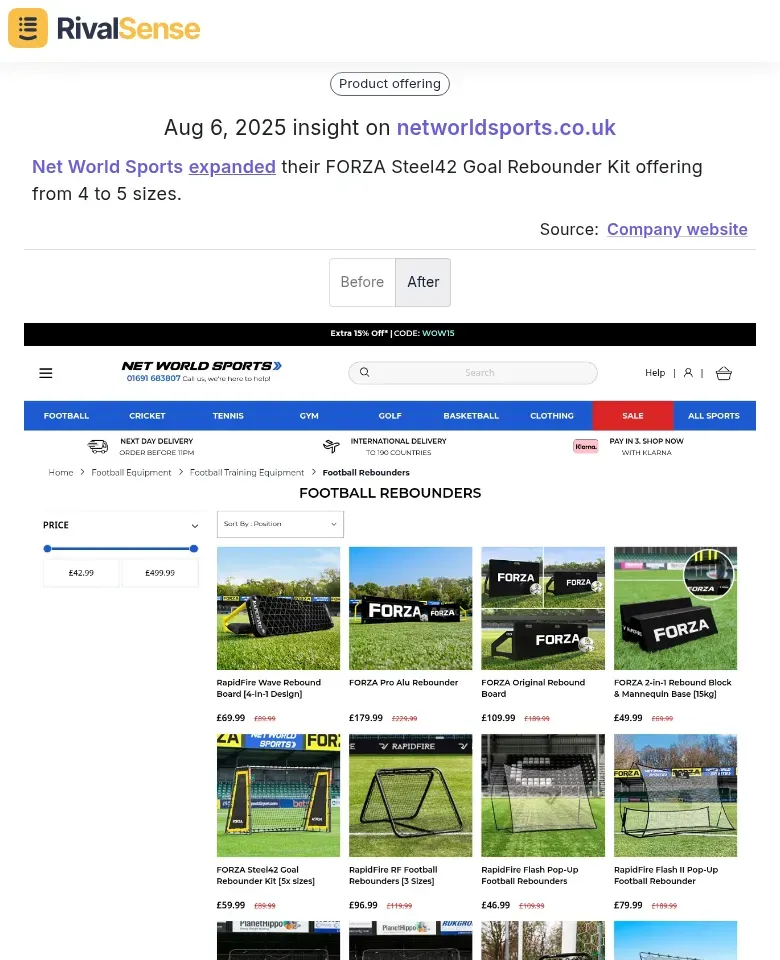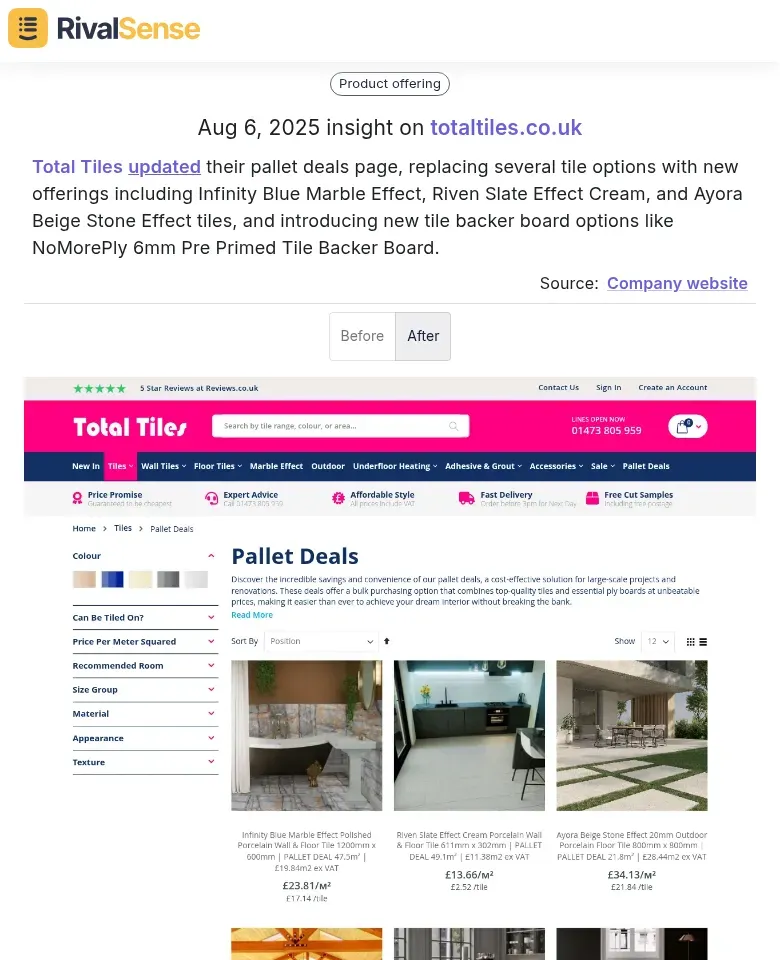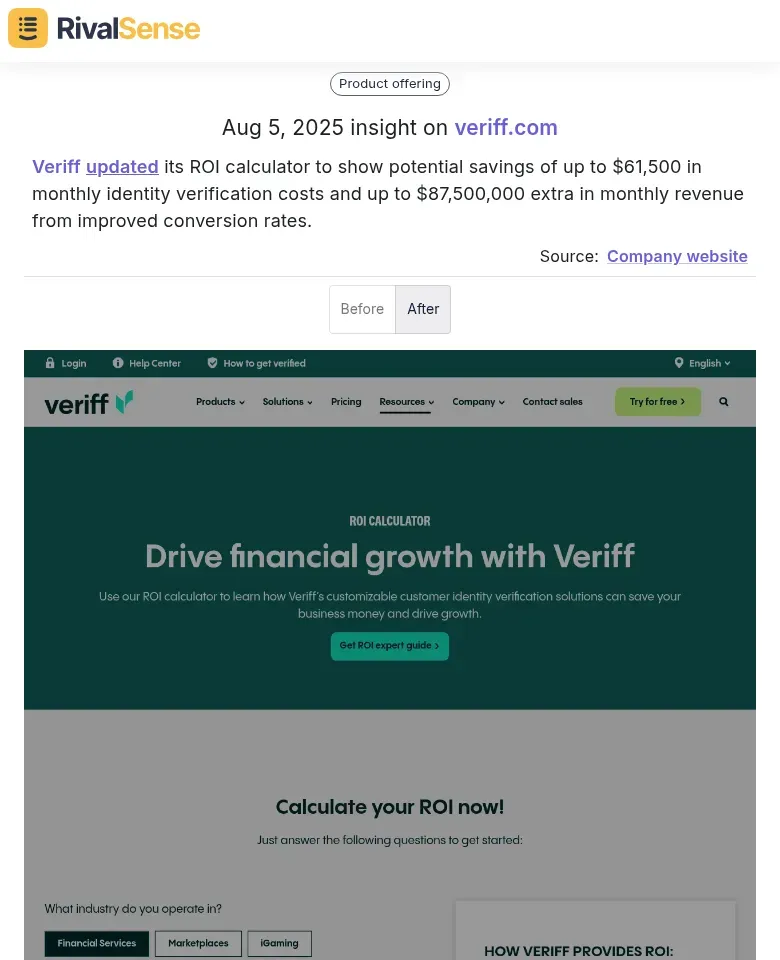Competitor Capability Assessment: A Step-by-Step Guide to Outperforming Your Rivals
In today's competitive business landscape, understanding your rivals' capabilities is essential for survival and growth. A thorough competitor capability assessment empowers you to identify market gaps, anticipate strategic moves, and position your business effectively. This practical guide provides actionable steps to analyze competitor strengths and weaknesses, helping you make informed strategic decisions.
What Is a Competitor Capability Assessment?
A competitor capability assessment goes beyond surface-level metrics to evaluate rivals' operational strengths and limitations across key business areas. Unlike basic competitor analysis, it examines what competitors can realistically achieve with their current resources and strategies. This deep dive covers product offerings, pricing models, financial health, customer experience, and innovation capacity to uncover actionable opportunities for your business.
Key Benefits of Regular Capability Assessments
Conducting these assessments delivers tangible advantages that directly impact your bottom line. These insights transform raw data into strategic leverage for sustainable growth.
- 🎯 Identify Market Opportunities: Discover underserved customer needs by pinpointing where competitors fall short
- 🚀 Enhance Strategic Planning: Refine your roadmap using concrete intelligence about rival capabilities
- 📊 Improve Decision-Making: Base critical choices on data-driven competitor insights rather than assumptions
- 🛡️ Mitigate Business Risks: Anticipate competitive threats before they materialize
How to Conduct a Competitor Capability Assessment: 5 Actionable Steps
Follow this systematic approach to transform competitor intelligence into strategic advantage. Each phase builds upon the last to create a comprehensive view of your competitive landscape.
1. 🕵️ Identify Key Competitors
Begin by mapping both direct competitors and indirect players who could capture your market share. Consider emerging disruptors who might enter your space soon.
Actionable tip: Use automated tools like RivalSense to continuously track competitors across websites, social media, and registries without manual effort.
2. 📂 Gather Comprehensive Data
Collect intelligence across these critical dimensions:
| Focus Area | What to Track |
|---|---|
| Products/Services | Feature updates, quality improvements |
| Pricing Strategies | Discounts, bundle offers, model changes |
| Financial Health | Funding rounds, hiring patterns |
| Customer Experience | Review trends, support responsiveness |
| Marketing Efforts | Campaign launches, event participation |
Checklist for effective data collection:
- [ ] Monitor product catalog changes weekly
- [ ] Track pricing page updates
- [ ] Analyze quarterly financial disclosures
- [ ] Review social sentiment monthly
- [ ] Document new partnership announcements
3. 🔍 Assess Core Capabilities
Evaluate each competitor's functional strengths and limitations using this framework:
Strengths → What they excel at (e.g., rapid innovation)
Weaknesses → Where they underperform (e.g., poor distribution)
Opportunities → How you can exploit gaps
Threats → Potential disruptive moves
4. 📈 Evaluate Strategic Direction
Predict future moves by analyzing current initiatives. For example, heavy R&D investment often signals upcoming product launches. Track patent filings and hiring patterns for early warnings of strategic shifts.
5. 🎯 Develop Your Action Plan
Translate findings into concrete initiatives:
- Prioritize capability gaps you can exploit fastest
- Allocate resources to outperform in underserved areas
- Establish metrics to measure competitive response
Real-World Competitor Capability Insights
These recent examples demonstrate how tracking specific capability changes informs strategic decisions. Monitoring such developments helps anticipate market shifts and refine your positioning.
Product Expansion Signals Market Prioritization

Net World Sports expanded their FORZA Steel42 Goal Rebounder Kit from 4 to 5 sizes. Tracking product line extensions like this reveals competitors' market focus and investment areas. For sports equipment businesses, such insights help anticipate inventory needs and identify underserved customer segments.
Portfolio Updates Reflect Strategic Shifts

Total Tiles replaced several tile options with new offerings like Infinity Blue Marble Effect tiles while adding backer board products. Such comprehensive portfolio changes indicate strategic repositioning. For construction suppliers, monitoring these updates helps benchmark product innovation and identify emerging trends before they mainstream.
Tool Enhancements Reveal Customer Targeting

Veriff's updated ROI calculator now shows potential savings of $61,500 monthly and $87.5M additional revenue. Marketing tool enhancements signal how competitors position value to specific customer segments. For SaaS companies, these insights help refine messaging and competitive differentiation.
Practical Tips for Effective Assessments
Implement these proven practices to maximize the impact of your capability assessments. Consistent execution turns intelligence into sustainable competitive advantage.
🔄 Update Quarterly: Refresh assessments every 90 days to capture market dynamics
🤖 Automate Tracking: Use tools like RivalSense to eliminate manual monitoring
🎯 Focus on Actionables: Prioritize insights that directly inform strategic decisions
Transform Insights Into Competitive Advantage
Regular competitor capability assessments provide the strategic clarity needed to outperform rivals systematically. By understanding competitors' operational strengths and limitations, you can allocate resources effectively and seize uncontested market opportunities.
Ready to streamline your competitor intelligence?
👉 Try RivalSense for free and get your first competitor report today. Our automated tracking across 80+ sources delivers actionable capability insights directly to your inbox weekly.
📚 Read more
👉 Advanced Tactics for Tracking B2B Dropshipping Competitors
👉 How Aeschbach's Expansion Prompted Rival Strategy Shifts
👉 Master Competitor Insights: Track Roadmap Signals for Strategic Advantage
👉 Predictive Analysis in Fintech: Decoding Competitor Strategies for Market Leadership
